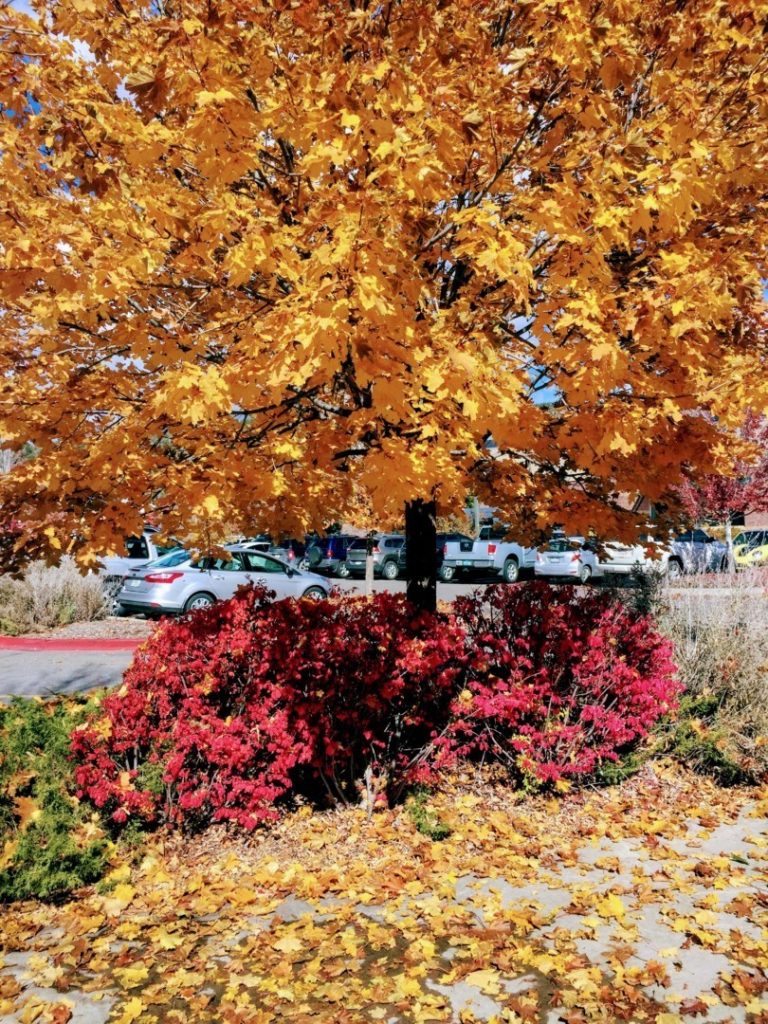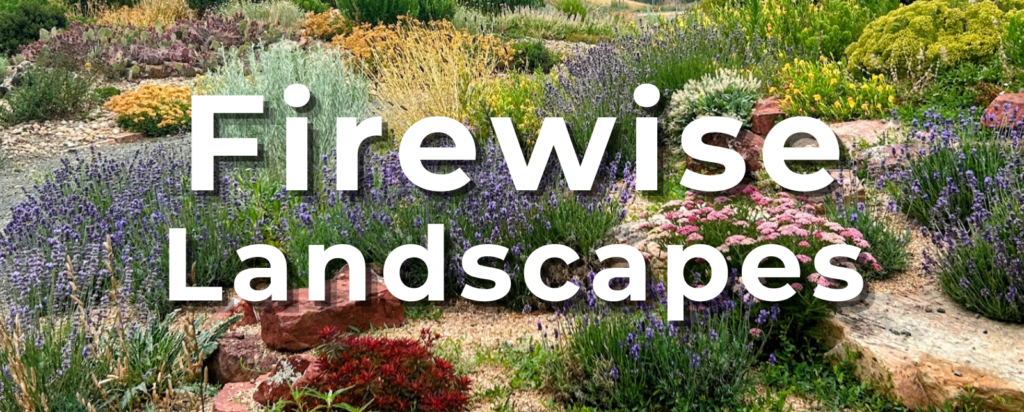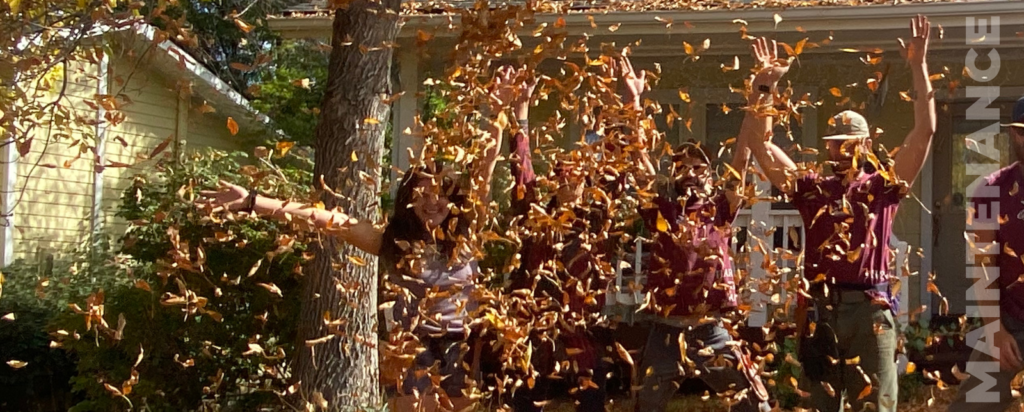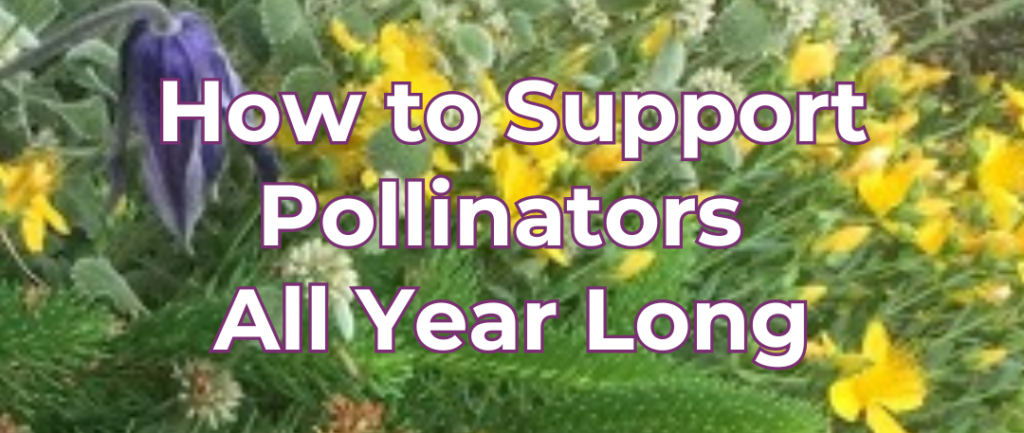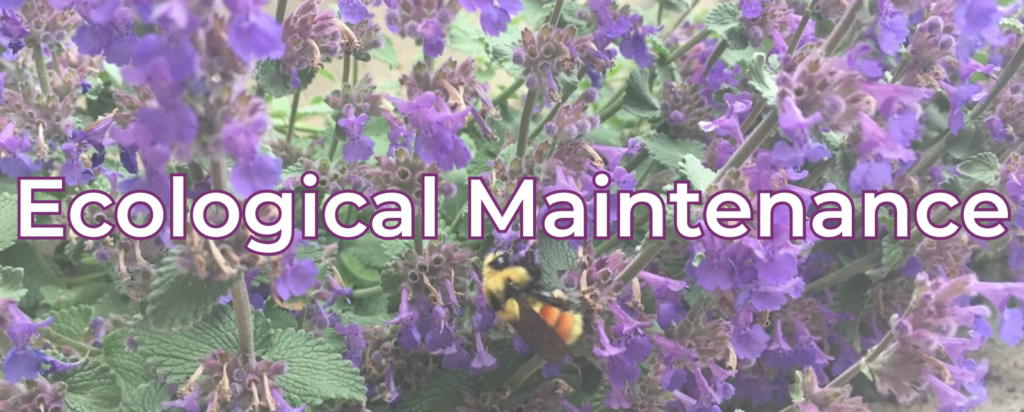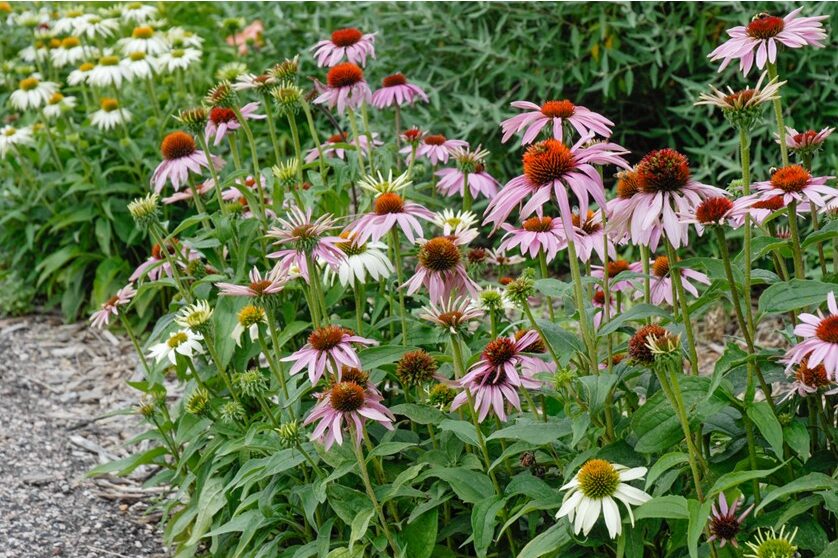Fall is right around the corner and is my favorite time for planting. The cooler temps help avoid transplant shock and the roots can really focus on getting established as the plants draw down their energy to prepare for dormancy.
Perennial plants – ones that come back year after year – can be planted any time the ground is not frozen. This includes trees and shrubs. Annual flowers and vegetables are the plants that will be harmed by frosts and freezing temperatures.
Spring can be a nice time to plant perennial plants because it’s cool enough that transplant shock is averted and the roots can start to grow before the taxing heat of the summer hits. Of course, a lot of planting falls to the creativity and design sense of the designer. The other part is dependent on available supply. I always think of supply at our local nurseries being at its peak right around Memorial Day, yet by then – the end of May – temps can start soaring and we are out of our cool spring window.
April can be a great time to plant for weather, but less so for supply. You’re often stuck with whatever is left over from the season before that other gardeners in-the-know haven’t already snatched up. And on heavy snow years the soil can still be too wet for planting. Planting in saturated soil can result in diminished air pockets which are necessary for healthy roots, and it often creates a total mess in the garden and on the gardener! If you’ve ever tried it, you know exactly what I’m talking about.
Summer is a fine time to plant. Supply is good; the ground is rarely too wet (except perhaps during a good monsoon season); and there’s no chance the ground is frozen. But it sure can be hot and dry. Which shouldn’t be a deterrent; after all we only have so long for planting during a given year, right?
Summer plantings simply require more monitoring and attentive watering, so leaving town for extended periods is not be ideal. Even if you have an irrigation system, things can go awry with new plantings and keeping your eyes on your new babies is the surest way to minimize losses. If an emitter is clogged or something breaks, you’ll be there to notice and make needed adjustments before anyone dies or gets too injured.
And then there’s fall. Ah yes, fall. My favorite time for planting – merits saying twice in the same article. Temperatures are cooling off so such intensive watering and careful monitoring is not as necessary. If you are hand watering and miss a day, there is less likely to be dire consequences than in the heat of summer. Plants are drawing their reserves down into their roots to store safely for the next season, after a winter’s rest. Growth and expenditures of energy (like creating the gorgeous flowers we love) above ground are not required; instead they can focus all their energy on their roots.
When we horticulturists refer to plants getting established, what that essentially boils down to is the roots growing. Once the plant is established enough that above ground growth is significant, it is because the roots have begun to grow into the native soil beyond the root ball of nursery soil, where they make use of the nutrients and moisture available to them in their new home.
Fall planting gives your plants a head start on establishment. Sure, there may be a few fewer options available, but I’ve found there always to be plenty of good plant selections in the later months of summer and fall. So plant on with confidence and gusto!
To the glory of the garden! Eva
Eva Montane, certified Landscape Designer & President of Columbine Landscapes Co

